Genus Artemisia Higher classification Mugworts | Scientific name Artemisia douglasiana Rank Species | |
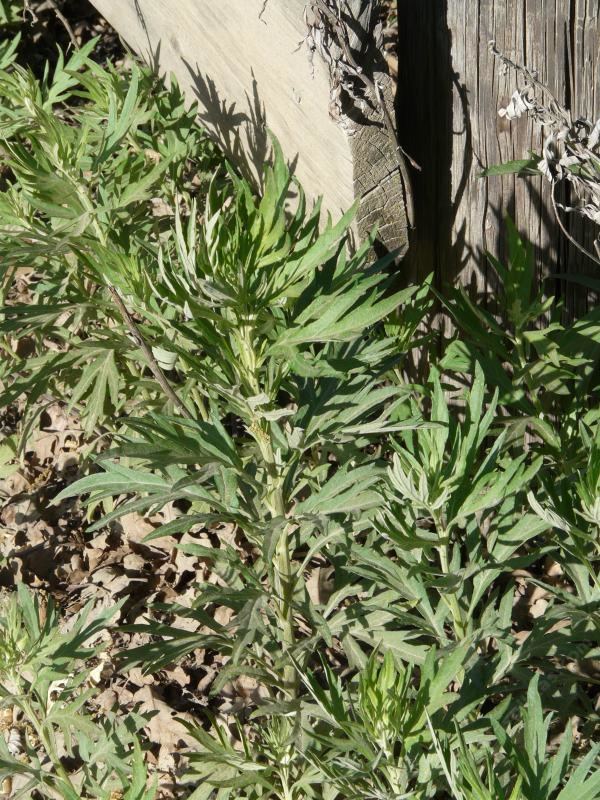 | ||
Similar Mugworts, Daisy family, Artemisia californica, Baccharis pilularis, Artemisia pycnocephala | ||
California mugwort artemisia douglasiana
Artemisia douglasiana, commonly known as California Mugwort, Douglas's Sagewort or Dream Plant, is western North American species of aromatic herbs in the sunflower family.
Contents
- California mugwort artemisia douglasiana
- Distribution
- Description
- Uses
- Medicinal
- Ceremonial
- Phytochemistry
- Cultivation
- References
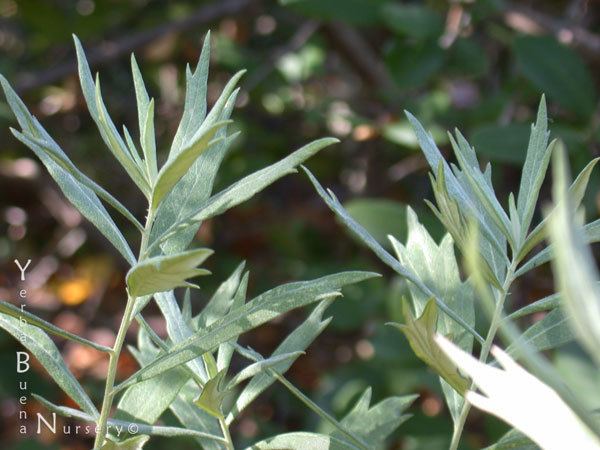
Distribution
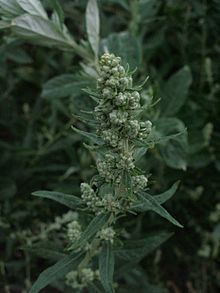
The herbaceous perennial is native to the Western United States in California and areas of Idaho, Nevada, Oregon, and Washington; and in northwestern Baja California state of Mexico.
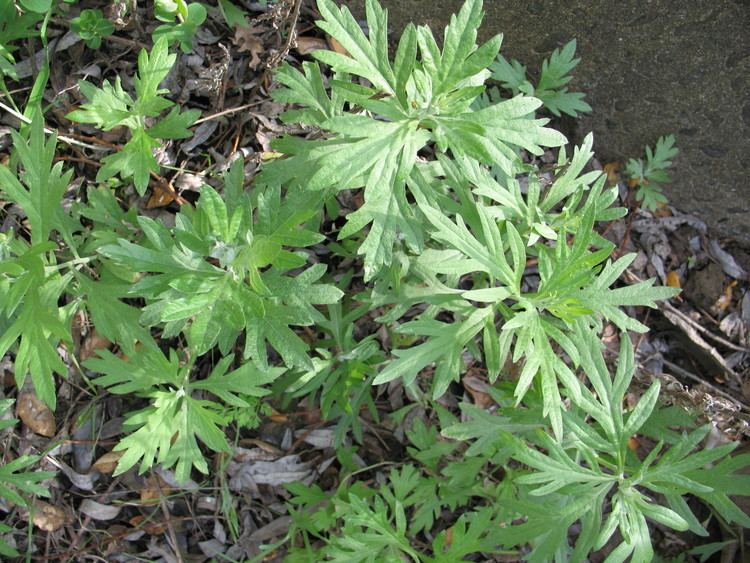
The plant prefers direct sunlight and moist soils, but tolerates shady areas and dry soils. It occupies hardiness zones 6a to 10b and occurs at elevations ranging from 0–3080 meters. A. douglasiana is often found in ditches and streambanks.
Description
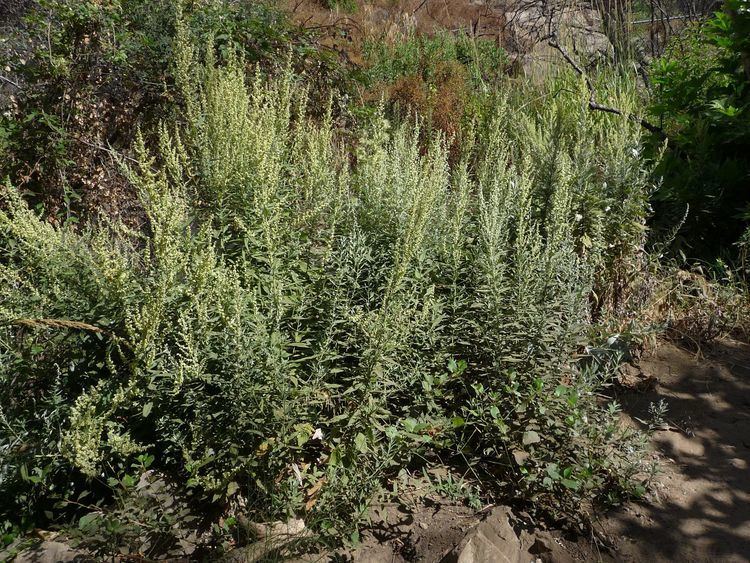
Artemisia douglasiana is dicot, and a perennial forb. Its stems grow from a substantial colony of rhizomes which require a minimum soil depth of 16 cm and can grow in fine to coarse soils. The stems grow erect and range in height from 0.5–2.5 metres (1.6–8.2 ft).
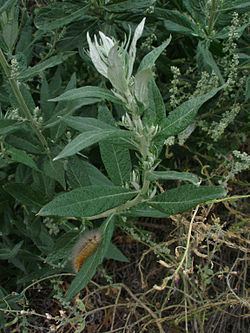
Its grey-green leaves are evenly spaced, elliptical, and lobed at the tips. The appearance of the 3-5 lobes at the tips of its leaves may range from being seemingly absent to being highly defined.
During its bloom period, which ranges from May to October, the plant features bell-shaped clusters of flowers containing 5-9 pistillate flowers and 6-25 disk flowers.
Although A. douglasiana can reproduce from seed, it's primarily propagated from division and spreading of its underground rhizomes. The extensive rhizomes help prevent erosion by stabilizing streambanks. A. douglasiana is susceptible to infection by Xylella fastidiosa which causes Pierce's disease.
Uses
Its seeds are foraged by a variety of native birds and its leaves are used as nesting material by some native bees.
Medicinal
Artemisia douglasiana was used by Native American tribes as a medicinal plant to relieve joint pain and headaches, and to treat abrasions and rashes (including poison ivy). It was also used to treat women's reproductive issues, including irregular menstruation and was occasionally used as an abortifacient.
Ceremonial
This plant also had ceremonial and spiritual purposes for many tribes. It was commonly carried to ward off spirits of the dead and was smoked or drunk as a tea to induce vivid dreams.
Phytochemistry
Its leaves have been shown to contain thujone and cineole.
Cultivation
Artemisia douglasiana is cultivated as an ornamental plant by specialty native plant nurseries, for planting in wildlife gardens, natural landscaping design, and habitat restoration and erosion control projects.
It is also planted by contemporary herbalists for both medicinal and spiritual uses.
